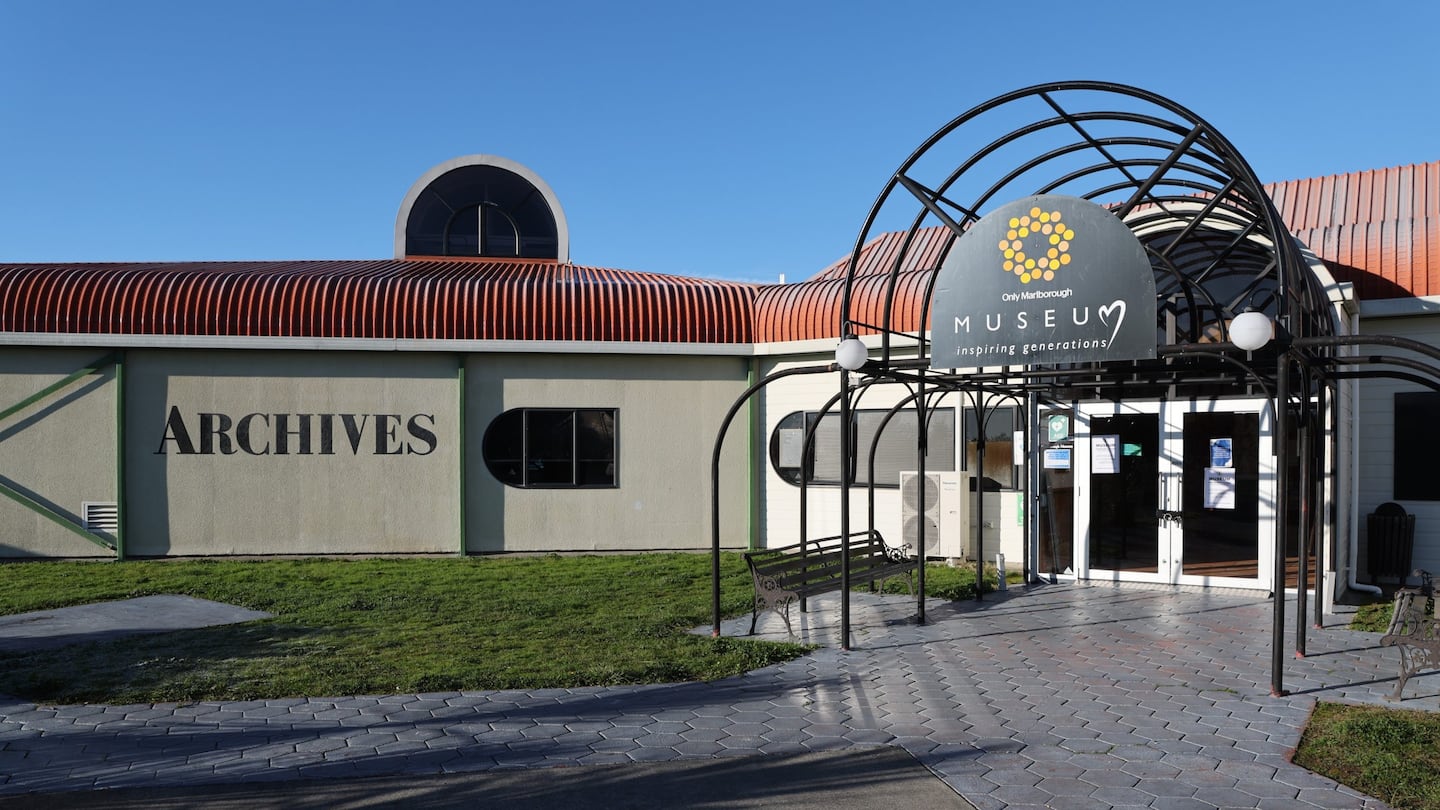As management of the Marlborough Museum changes hands again, a Marlborough iwi says its primary concern is the care of Māori taonga inside the building.
The museum has a Wairau Bar exhibition, Te Pokohiwi, which includes artefacts from the Wairau Bar, known as the birthplace of Aotearoa.
Te Rūnanga a Rangitāne o Wairau kaiwhakahaere matua (general manager) Corey Hebberd said they had received assurances from the Marlborough Historical Society those taonga were being looked after.
The society was handed back the management of the museum during long-term plan deliberations last month, after the council had been managing it for the past year.
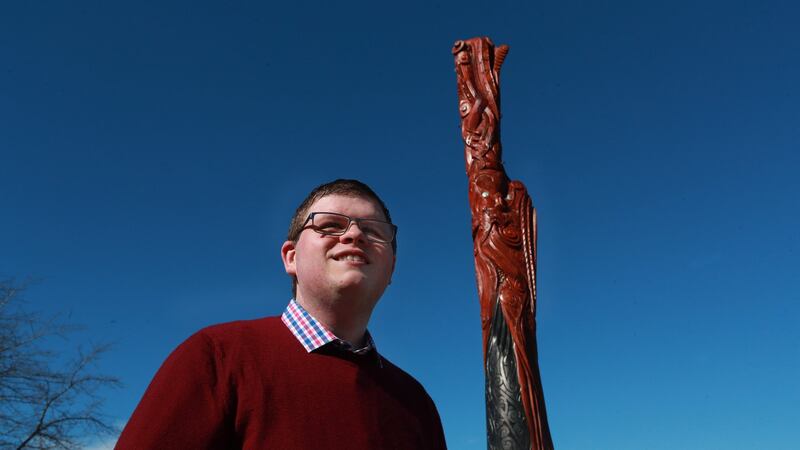
“They’ve [the society] sort of shared with us that the taonga are safe, they are secure and they’re being cared for as they have been for many years,” Hebberd said.
“We take a level of comfort from that and we take what they say at face value.”
But long term, Rangitāne had the view that taonga should be under the management and custody of Māori, Hebberd said.
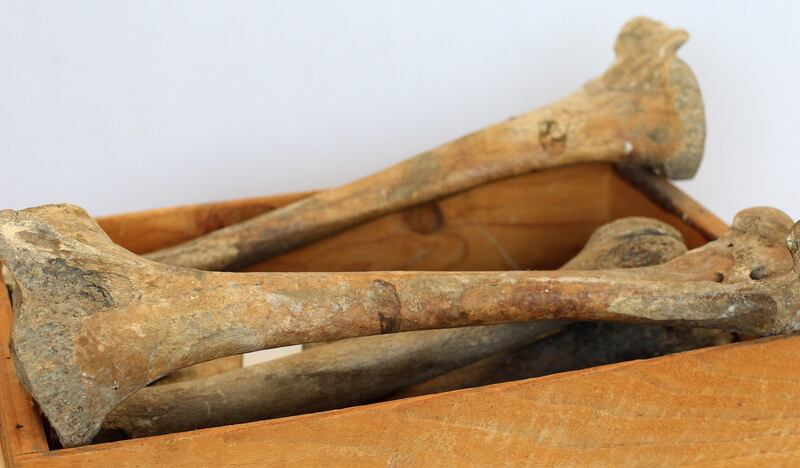
“So certainly we retain a long-term objective for those taonga to come back to be in Rangitāne’s care, and for the story around the Wairau Bar to be told by us.
“We don’t want to be in the middle of a dispute between the council and the Historical Society, we’ve got a track record of working with both ... and we’ll do our best to maintain a positive working relationship with them both.”
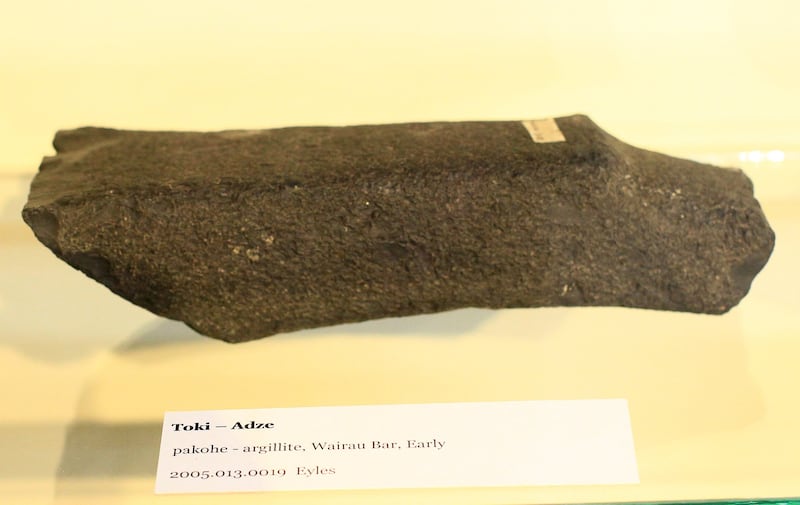
Hebberd presented to the council’s annual plan two years ago, when he shared the iwi’s desire for a cultural centre to be built in the “heart of Blenheim”.
He told the council while there had been a major repatriation of their ancestors in 2009 following the iwi’s 2010 treaty settlement, some 2000 artefacts were still at Canterbury Museum.
Wairau Bar, near Blenheim, was considered the first known settlement of Aotearoa, with evidence of pā, kāinga, food gathering and cultivation areas.
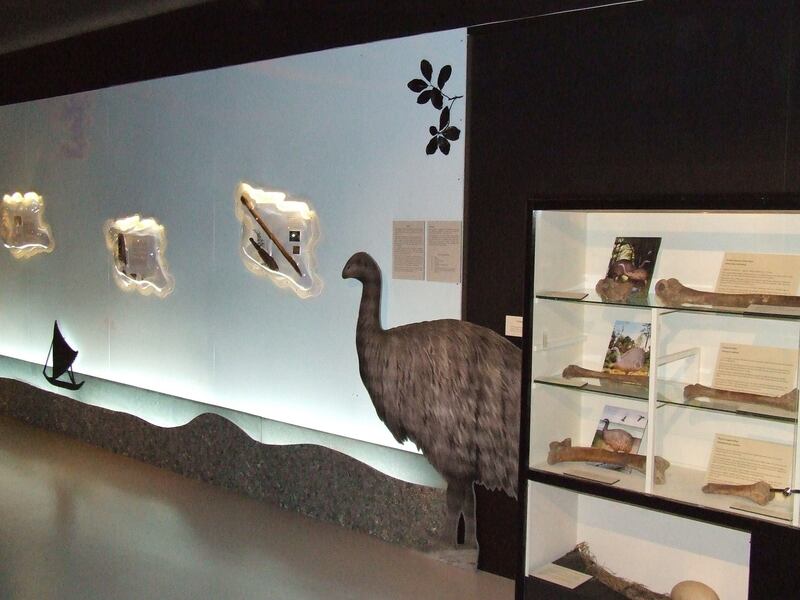
In his submission to the long-term plan this year, Hebberd acknowledged the support the council provided through its Better Off funds to help them progress with feasibility studies for the cultural centre.
That work had been delayed due to investigations relating to the potential purchase of the Clubs of Marlborough building, his submission said.
Developer Chris Thornley ended up buying the former clubs building, so work was now advancing in developing the feasibility case.
“There is no specific ask from the council in terms of the LTP process but we do want to signal that Rangitāne is likely to seek further support from the council in future years when we progress to a construction and delivery phase of the project,” his submission said.
Hebberd said this week that part of his submission to the long-term plan talked to a lack of investment in Marlborough’s heritage and visitor facilities.
“So we’re certainly keen to see further investment in that space.”
He said when the council took over the museum last year, there was some hope there would be additional investment into heritage.
He added that Rangitāne had really good engagement with the council’s museum manager Dr Liz Ward and her team when they were taking care of the museum.
Ward’s team would now work out of the council building, and operate under a new Heritage Marlborough brand, focused on supporting heritage organisations across the region with collection and project management, staff and volunteer resourcing, archive management and promotion, and a large archive digitisation programme.
The council’s takeover of the museum was sparked by repeated calls for investment in the building, which had been described as a “death trap” and a fire risk.
Hebberd said the museum building clearly needed work.

“It’s obviously not a building that is modern and for long-term occupation and care of those assets.
“We need to work together, I think, to try and find a way to invest in heritage.”
Marlborough Historical Society president Paul Davidson said they would continue to care for the iwi’s taonga as they had for a number of years.
He said they were perfectly happy to return the taonga to Rangitāne when a new cultural centre was built but understood that this was a number of years away.
The society hoped to reopen the museum on July 10, although Davidson said they were still negotiating some terms with the council so that date could still change.
LDR is local body journalism co-funded by RNZ and NZ On Air.

